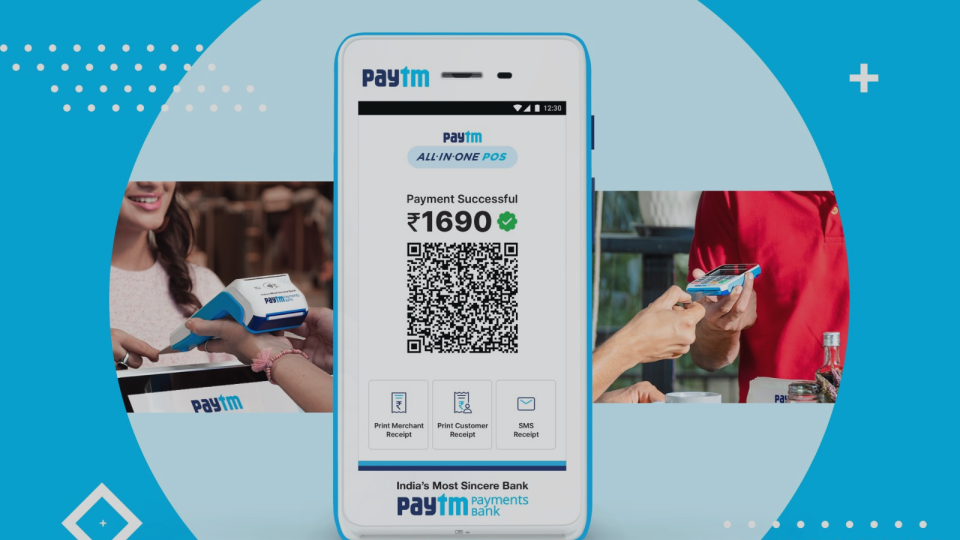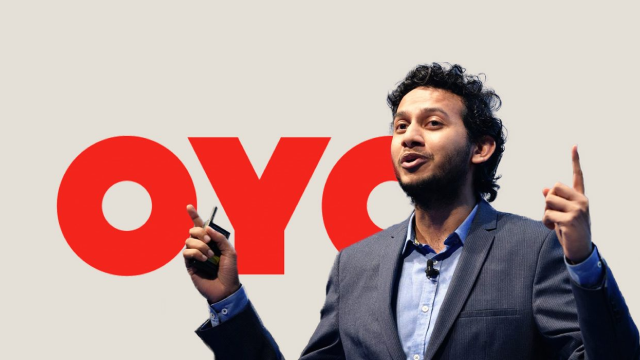Paytm: Pioneering Digital Payments and Financial Services in India
In a world driven by digital innovations, Paytm, a name synonymous with India's fintech revolution, has made an indelible mark. Established in 2010 by Vijay Shekhar Sharma, Paytm began as a digital wallet service and swiftly evolved into a comprehensive financial services provider. This blog post delves into the remarkable journey of Paytm, highlighting its pivotal moments, transformative strategies, and its role in reshaping India's financial landscape.

The Birth of Paytm
Paytm's inception marked a significant turning point in India's digital payment industry. Vijay Shekhar Sharma's vision to simplify payments led to the creation of "Pay Through Mobile" (Paytm), a platform designed to facilitate easy and secure mobile payments. With initial investments from venture capitalists and backing from Alibaba Group, Paytm embarked on a journey to revolutionize the way Indians transacted. Paytm quickly gained popularity due to its user-friendly app and aggressive marketing campaigns. The simplicity of just scanning a QR code to make payments or transferring money to friends and family instantly caught the attention of smartphone users. This easy and convenient approach to digital transactions set the stage for Paytm's rapid growth.
Diversification and Expansion
Paytm's evolution from a mobile wallet to a multifaceted financial services provider was a strategic move. The company realized that merely being a digital wallet provider would limit its growth potential. To broaden its horizons, Paytm diversified into several key areas, including Paytm Mall, Paytm Payments Bank, and Paytm Money. Paytm Payments Bank, in particular, was a game-changer. Launched in 2017, it enabled users to open a savings account with minimal documentation and offered cashback benefits on digital transactions. This initiative not only provided a secure banking option but also promoted financial inclusion, as it reached previously unbanked and underbanked populations. Paytm's expansion into e-commerce with Paytm Mall aimed to compete with giants like Amazon and Flipkart. The platform became a one-stop shop for everything, from electronics to fashion, and brought millions of sellers into the digital fold. The launch of Paytm Money, a platform for mutual fund investments, further solidified the company's position as a holistic financial services provider. Users could now manage their investments seamlessly through the Paytm app, making it a preferred choice for those looking to grow their wealth.
Paytm's Role in India's Digital Transformation
Paytm's journey mirrors India's digital transformation. With innovative offerings like Paytm QR Codes and the Paytm app becoming ubiquitous, the company played a pivotal role in driving the adoption of digital payments. During the demonetization drive in 2016, Paytm experienced exponential growth as people turned to digital transactions, underlining its importance in the nation's financial ecosystem. The introduction of Paytm QR Codes revolutionized how businesses of all sizes accepted payments. Small neighborhood stores, known as kirana shops, embraced the technology, allowing even the most remote areas of India to go cashless. This democratization of digital payments made financial transactions more accessible and convenient. As India continued to digitize, Paytm ventured into other sectors like travel bookings, insurance, and even gold investments through its platform. This diversification strategy ensured that Paytm remained relevant in various aspects of people's lives, further cementing its status as a financial powerhouse.
In summary, Paytm's story is an inspiring narrative of ambition, innovation, and impact. From its humble beginnings as a digital wallet to its present status as a comprehensive financial services provider, Paytm's journey has been nothing short of phenomenal. The company's commitment to making financial services accessible to all, especially in a country as diverse as India, is commendable. The diversification into e-commerce, banking, and wealth management reflects Paytm's adaptability and its ability to meet evolving consumer needs. With millions of users and a vast merchant network, Paytm has successfully empowered individuals and businesses to embrace digital finance. As India continues to transition towards a digital economy, Paytm remains a torchbearer, illuminating the path for countless others. Its innovation, resilience, and vision have made it a symbol of the fintech revolution in India, and it continues to inspire the world with its remarkable growth. In conclusion, Paytm's journey is a testament to the power of technology and entrepreneurship in reshaping industries and improving lives. It is a story of how a simple idea can transform into a financial giant, impacting millions along the way and contributing to India's ongoing digital revolution.








